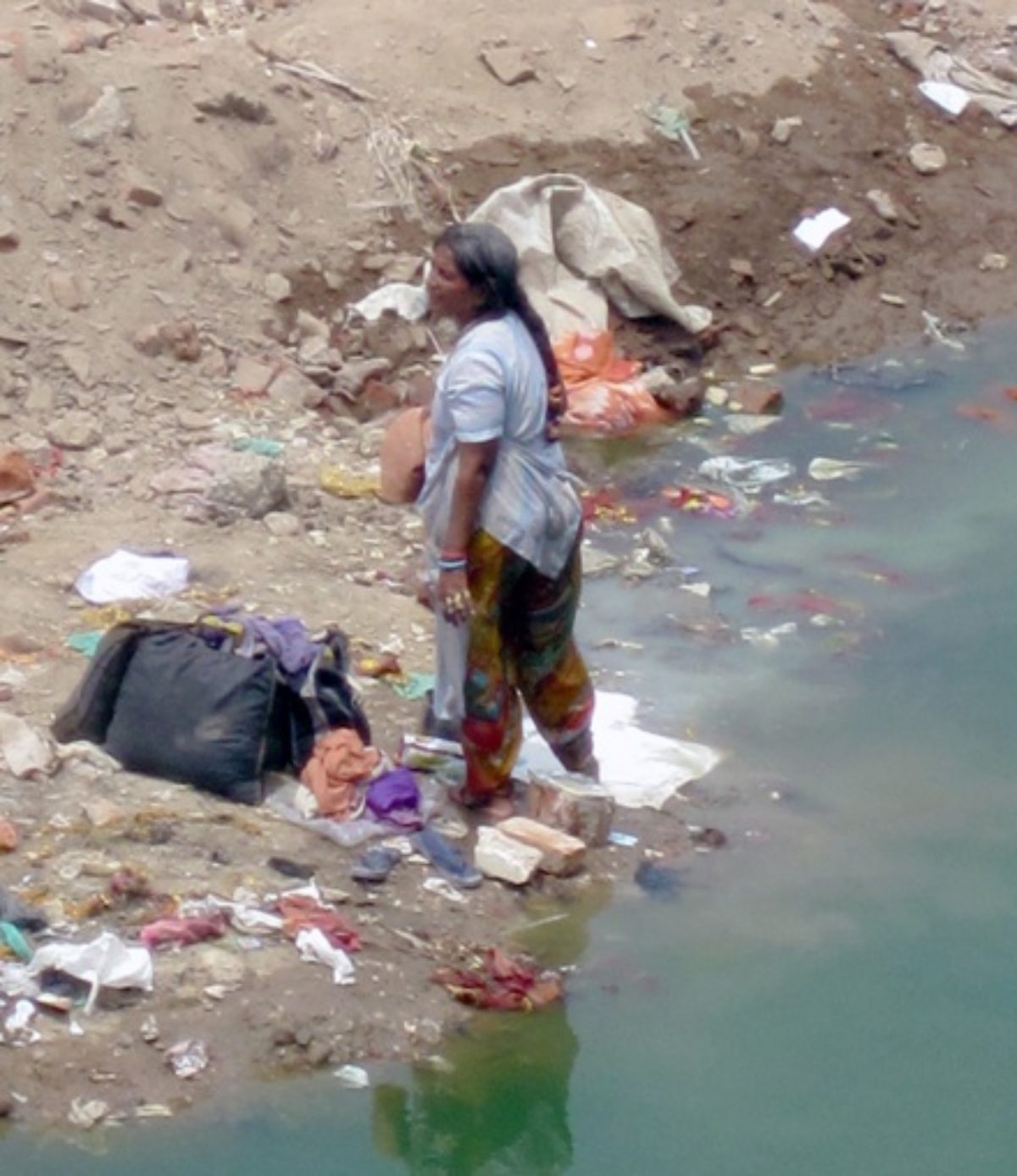An Ecology of Vulnerability: The Sewerage Crisis in Ahmedabad, India

by Stephanie Tam (MArch ’11)
Politicized aesthetics have been a perennial subject of debate for philosophers, art historians and architects, but the politics of aesthetics have been largely unaddressed aside from Rancière’s examination of the distribution of the sensible. Instead of considering the politicization of aesthetic content, Rancière looks at the political context presupposed by aesthetics. Design’s political impact resides in its delineation of stakeholders and assignation of roles: who makes design decisions, and who is served by design. Design’s role and value are inextricably tied to a political climate, cultural context having as much political implication as content. As such, design is to be understood as a political act whose relationship with governance needs to be taken into consideration. Trends in design discourse may seem to only reside in the esoteric annals of universities and their affiliated practitioners, but their impact upon practice has very tangible political consequences.
Ecological urbanism is a case in point, embracing values that are presumed to be universally applicable without recognizing the specificity of their implicit politics. The latest incarnation of landscape urbanism, ecological urbanism is Charles Waldheim’s take on a growing body of work that prizes “natural” evolution as a design process. While his criticism focuses on the gaping disparity between landscape urbanist projects and the ecological discourse that surrounds them, the political impact of this discourse, as unrealized as it may be, remains potent. The tenets of ecological urbanism aspire to contextual sensitivity, but the tenets themselves are held to be absolute and deemed appropriate for exportation to diverse countries, especially in international development contexts.
John Turner’s self-help housing and its recent avatar, incremental housing, fall in line with the open systems and user freedom embraced by ecological urbanism. It is precisely ecological urbanism’s attachment to indeterminacy and contingency that makes it apt for large-scale projects whose scale and lengthy implementation increase liability for unforeseen changes. Infrastructure projects, in particular, need flexibility in order to remain relevant and functional for its anticipated lifespan and breadth, and ecological urbanism offers the tools and vocabulary to achieve it. Overlooked in the eager taking up of ecological urbanist principles are the political scaffolds upon which the principles were originally founded, scaffolds that are culturally specific and not necessarily transferable from country to country. This essay endeavors to examine the consequences of ecological urbanism in developing countries, taking Ahmedabad’s sewerage system as a case study to discuss broader issues of the politics of aesthetics.
Penny White Fellowship